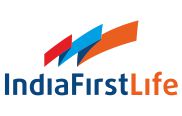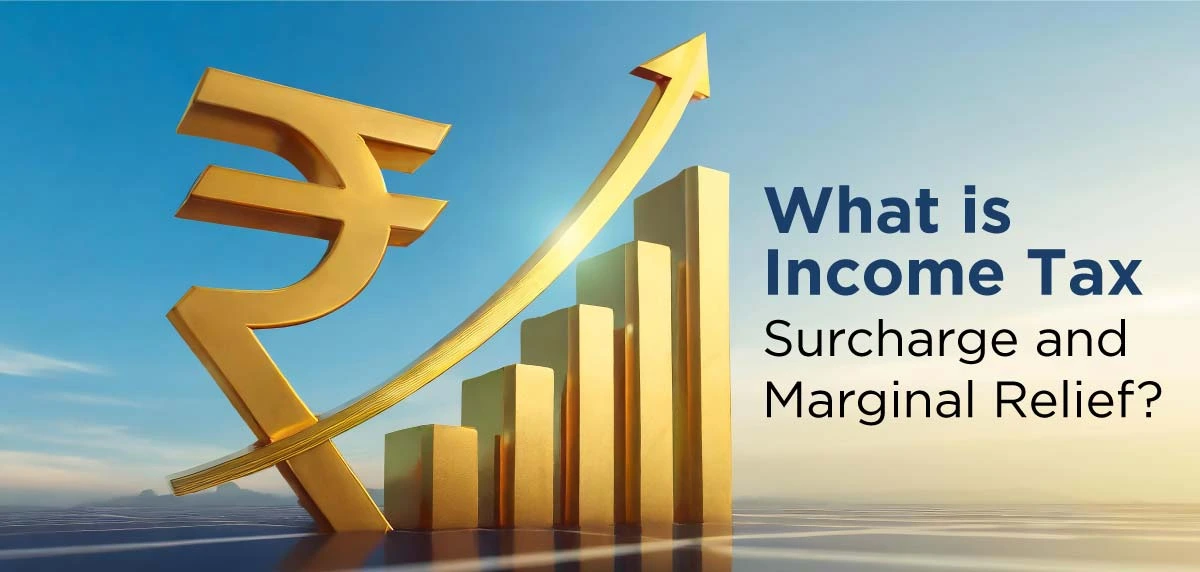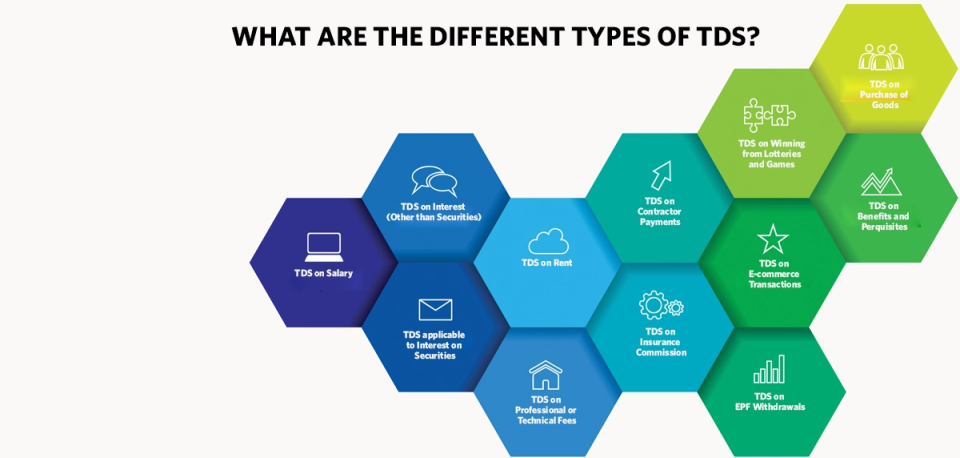Navigating the web of tax regulations can be overwhelming. However, with the right tax-saving investments, you can effectively reduce your taxable income while securing your financial future. For the financial year 2025-26, understanding the best tax-saving instruments available in India is crucial. This guide provides a comprehensive overview of these options, helping you make informed decisions aligning with your financial goals.**
Best Tax-Saving Investment Options in India**
India offers a plethora of tax-saving investment options, each with its unique benefits and features. Here are a few of them:
1. Fixed Deposits (FDs)
Fixed deposits are a traditional investment option providing a fixed rate of interest over a specified period. Tax-saving FDs allow you to get tax deductions as per the Section 80C of the Income Tax Act. However, this is conditional on a lock-in period of five years. They are ideal for risk-averse individuals seeking stable returns. The interest rates on these deposits are competitive, making them a popular choice for conservative investors preferring low-risk avenues. However, it's crucial to remember that the interest earned is taxable, which can impact the overall returns.
2. Public Provident Fund (PPF)
Public Provident Fund can be considered as one of the ideal long-term tax-saving investment options. Contributions to PPF can get you deduction in tax as per the Section 80C. Additionally, you are also exempt from tax on the interest the PPF earns and the maturity amount. Therefore, it is an attractive choice for those seeking tax-saving investments with the benefit of compounding. PPF offers a government-backed guarantee. It ensures the safety of the principal amount, which is particularly appealing in uncertain economic climates. You can extend the tenure in blocks of five years, allowing for continued growth of your savings.
3. National Savings Certificate (NSC)
The National Savings Certificate is a small savings scheme that is backed by the government. Investments in NSC qualify for tax deductions under Section 80C, and the interest earned is compounded annually but is taxable. It is an ideal option for conservative investors looking for fixed returns. The NSC offers a five-year maturity period, making it suitable for medium-term financial goals. Its low-risk nature and assured returns make it a reliable choice for those seeking to preserve capital while earning a reasonable interest rate.
4. Senior Citizens Savings Scheme (SCSS)
Specifically designed for individuals aged 60 and above, the SCSS offers regular income with tax benefits. Investing in SCSS makes you eligible for tax deductions through Section 80C. The scheme has a duration of 5 years. This tenure can be further extended by three years. The interest rates are comparatively higher, providing senior citizens with a stable income source after retirement. This scheme is an excellent option for retirees looking for safe, tax-saving investments with decent returns.
5. Life Insurance
Insurance policies protecting the life of an individual are a fundamental component of tax-saving strategies. Premiums you pay for a life insurance policy also make you eligible for deductions through Section 80C. Additionally, the sum assured received on maturity or death is tax-exempt under Section 10(10D). This makes it a dual-benefit instrument for protection and tax-savings. Various policies cater to different needs, such as term insurance for pure protection, endowment plans for savings and protection, and whole life insurance for lifelong coverage. Choosing the right policy can ensure financial security for dependents while optimizing tax benefits.
6. Unit Linked Insurance Plans (ULIPs)
Unit Linked Insurance Plans combine investment and insurance. A portion of the premium paid goes towards a life insurance policy, while the remaining is invested in equity or debt markets. Premiums paid are eligible for tax deductions under Section 80C, and the maturity proceeds are tax-free under Section 10(10D), subject to conditions. The flexibility to switch between funds allows investors to adapt to market changes, optimizing returns. ULIPs cater to various risk profiles, from conservative to aggressive, providing a personalized investment experience.
7. Pension Plans
Also known as retirement plans, pension plans offer tax benefits under Section 80CCC of the Income Tax Act. These plans help in accumulating a retirement corpus while providing tax deductions on premiums paid, ensuring financial security in the golden years. They offer a mix of equity and debt investments, allowing for potential growth with risk management. Annuity options ensure a steady income stream after retirement, helping maintain a comfortable lifestyle without financial stress.
8. Health Insurance (Mediclaim)#
Health insurance premiums also make you eligible for tax deductions under Section 80D. This includes policies covering self, family, and dependent parents. Investing in health insurance secures your health. It also offers major tax benefits. With rising healthcare costs, having a comprehensive health policy ensures access to quality medical care without depleting savings. Policies with no-claim bonuses and cashless facilities add further value, making them an essential part of financial decisions.
9. National Pension System (NPS)
The National Pension System is a government-sponsored pension scheme offering tax benefits under Section 80CCD. Contributions to NPS are eligible for additional deductions, over and above the Section 80C limit. It is a cost-effective retirement planning tool with the potential for market-linked returns. NPS offers flexibility in investment choices, allowing subscribers to choose their asset allocation based on risk appetite. The annuity component ensures regular income, making it a comprehensive retirement solution.
10. Tax-Saving Mutual Funds (ELSS)
Equity Linked Savings Schemes (ELSS) are mutual funds offering tax benefits under Section 80C. They have a lock-in period of three years only, making them the one of the best tax-saving investments, among all Section 80C options. ELSS funds invest primarily in equity markets, offering the potential for higher returns, though with associated risks. The equity exposure makes ELSS suitable for long-term wealth creation, and the tax benefits further enhance its appeal. Systematic Investment Plans (SIPs) in ELSS allow for disciplined investing, spreading risk, and averaging costs.
11. Sukanya Samriddhi Yojana (SSY)
The Sukanya Samriddhi Yojana is a government-backed savings scheme designed to secure the financial future of a girl child. Parents or legal guardians can open an account in the name of their girl child below 10 years. SSY can be considered a top-tier tax-saving investment, as it qualifies for deductions under Section 80C. In addition, both the interest earned, and the maturity amount are tax-free. With one of the highest interest rates among small savings schemes, SSY helps build a strong corpus for the education or marriage expenses of a daughter. The scheme promotes disciplined, long-term savings that come with the assurance of the government.
12. Post Office Savings Schemes
These are schemes that you can avail from your nearby post office. This unassuming venue offers a range of safe tax-saving investment options backed by the Government of India, such as a post office savings bank account, time deposit, and more. Many of these qualify for tax deductions under Section 80C. They offer fixed, assured returns, and, hence, are suitable for conservative investors who want to secure their capital and enjoy steady growth. Their easy accessibility and flexible deposit options make them a reliable choice for both rural and urban investors looking for secure, low-risk, tax-saving investments.
13. Atal Pension Yojana (APY)
The Atal Pension Yojana is a social security initiative aimed at providing a guaranteed pension to workers in the unorganised sector. Subscribers aged 18–40 years can contribute regularly and receive a fixed pension between ₹1,000 and ₹5,000 per month (once they complete 60 years of age). Contributions to APY are eligible for tax benefits under Section 80CCD (1). This scheme encourages long-term retirement planning and helps ensure financial stability during one’s old age. Its government-backed assurance makes it a reliable savings tool for post-retirement needs.
Points to Note About Tax-Saving Investments
Here are some points to keep in mind before you start tax planning:
- Section 80C, which covers most tax-saving options, has a maximum deduction limit of ₹1.5 lakhs. This means that the total maximum deduction you can avail from the various tax-saving investments under Section 80C is ₹1.5. However, you can claim additional benefits under sections such as 80CCD(1B) for NPS.
- Some of the best tax-saving investments, such as those under Section 80C, are not available under the new tax regime. Hence, choosing the right tax regime is also important.
- Always consider your financial goals, risk appetite, and liquidity needs before locking funds for the long term. Some tax-saving investments, like ELSS, carry market risk, while others, like PPF and NSC, ensure capital safety but offer lower returns.
- Each tax-saving instrument comes with its terms and conditions. It is crucial to be aware of these and work in conjunction with them to ensure an efficient tax-saving plan.
- To check how much you can save with each instrument, use an income tax calculator. It helps you understand your tax liability as per your income tax slab and allows you to curate your tax-planning strategy in a better way.
It is also important to be updated with annual budget changes, as government policies can affect interest rates, eligibility, or deductions available.
How to Plan Your Tax-Saving Investments for the Year**
Effective tax planning involves a strategic approach to choosing the right mix of investment options. Start by assessing your financial goals, risk appetite, and investment horizon. Utilize tools such as an income tax calculator to estimate potential savings and plan your investments accordingly. Diversifying across different instruments not only maximizes tax benefits but also balances risk and reward. Regularly reviewing your portfolio ensures alignment with changing financial circumstances and tax laws.
Tailored Tax-Saving Investment Plans**
Different life stages and financial circumstances necessitate tailored investment strategies. Here are some recommendations:
1. For Young Unmarried Taxpayers and Couples with Single Income
Opt for high-growth potential options such as ELSS and ULIPs. Consider starting a PPF account early to benefit from the power of compounding over time. Focus on building an emergency fund and securing health insurance to cover unforeseen expenses.
2. For Parents with Single Income
Prioritize investments in life insurance for financial security. Explore NSC and PPF for safe, tax-efficient growth, alongside health insurance for the family. Consider starting an NPS account to plan for future retirement needs, ensuring a stable financial base.
3. For Parents with Double Income
Leverage dual incomes to diversify investments. Combine equity-oriented instruments such as ELSS, with stable options such as SCSS for balanced growth and tax-savings. Invest in education plans for your children's future, securing their academic aspirations while optimizing tax benefits. Couples can also go for a joint term life insurance plan.
4. For Senior Citizens and Retired Persons
Senior citizens should focus on low-risk investments with regular income, such as SCSS and tax-saving FDs. Additionally, health insurance is crucial for managing healthcare expenses and availing tax benefits. Consider annuity plans for guaranteed income, ensuring financial stability in retirement. Explore avenues such as reverse mortgages for additional income without liquidating assets. Engage in tax-efficient withdrawals from retirement accounts, minimizing tax liabilities while maximizing income.
In conclusion, effective tax planning requires a well-rounded approach, tailored to individual financial situations. By researching what tax is, and leveraging a mix of traditional and new investment avenues, you can optimize your tax-savings while securing your financial future. Regular reviews and proactive adjustments ensure alignment with changing laws and personal goals, maximizing benefits and minimizing liabilities.**
FAQs
Will taxes apply on the investments?**
Taxes may apply to the returns earned from investments, depending on the instrument and holding period. For instance, interest from FDs is taxable, while PPF interest is tax-free. Understanding the tax implications of each investment helps in making informed decisions.
How many tax-free investment instruments can one have?**
There is no limit to the number of tax-free instruments one can invest in, but the total deduction under Section 80C is capped at ₹1.5 lakh per annum. Diversifying across different instruments maximizes benefits while spreading risk.
What is the maximum amount that can be invested under Section 80C?**
The maximum limit for tax deductions under Section 80C is ₹1.5 lakh per financial year. Planning investments to utilize this limit fully can significantly reduce taxable income.
How can I reduce my tax legally?**
Invest in tax-saving instruments under Section 80C and beyond, such as NPS under Section 80CCD and health insurance under Section 80D. File your income tax returns (ITR) in the right way to get deductions you are eligible for. Engage in tax-efficient charitable donations and explore deductions under sections such as 80E for education loans to reduce your income tax liability.
How can I reduce my taxable income?**
Maximize contributions to tax-saving schemes and utilize deductions under various sections of the Income Tax Act. Plan your investments strategically to align with tax-saving goals. Consider salary restructuring with components such as HRA and LTA for additional exemptions.
What deductions can I claim without receipts?**
Certain deductions, such as the standard deduction for salaried individuals, can be claimed without receipts. Always maintain documentation for other claims to ensure smooth income tax e-filing. Understanding eligible deductions and proper documentation enhances compliance and reduces audit risks.
What tax exemptions can I get in India?**
Tax exemptions can be availed through investments in instruments such as PPF, life insurance, and NPS. Additionally, certain allowances and reimbursements, such as HRA and LTA, are exempt under specific conditions. Engage in tax planning to utilize exemptions fully, optimizing overall tax liability.
How can I maximize my tax refund?**
Ensure all eligible deductions are claimed and invest in tax-saving instruments. Use an income tax calculator to cross-verify calculations before filing your ITR. Timely filing and accurate reporting enhance refund processing and minimize disputes.
How to save tax without section 80C?**
Explore options under sections 80D, 80E, and 80G, such as health insurance premiums, education loan interest, and donations to charitable institutions. Engage in proactive tax planning, reviewing changes in tax laws and adjusting strategies accordingly.
How can I increase tax savings on salary?**
Leverage exemptions for house rent, leave travel, and transport allowances. Contribute to EPF and NPS and claim deductions for health insurance premiums. Engage in structured salary negotiations, optimizing components for tax efficiency.
What is section 80CCD?**
Section 80CCD pertains to contributions made to the National Pension System. It provides additional deductions of up to ₹50,000 over and above the 80C limit. NPS contributions enhance retirement savings while providing valuable tax relief.What is the maximum deduction under section 80D?**
What is the maximum deduction under section 80D?**
The maximum deduction under Section 80D is ₹25,000 for self and family, and an additional ₹25,000 for insuring dependent parents below 60 years of age. For senior citizen parents, the limit is ₹50,000. Engaging in comprehensive health coverage secures health while optimizing tax-savings.
** Tax exemptions are as per applicable tax laws from time to time.
# Bonus rate may vary from time to time based on Company’s Investment Performance.





















